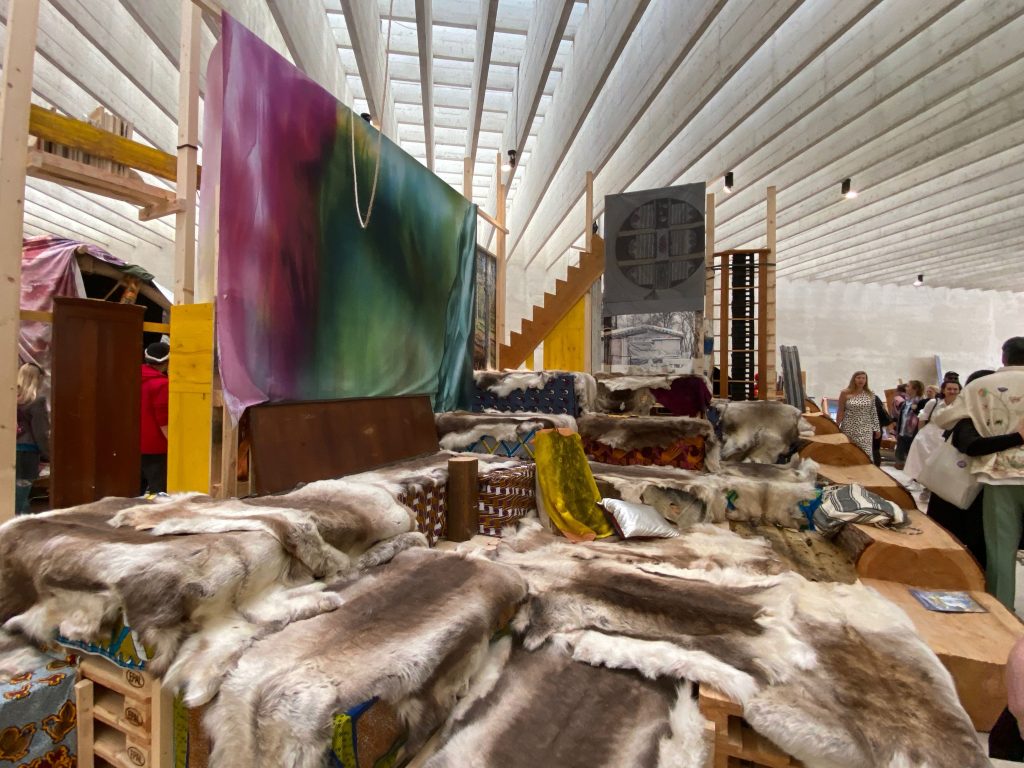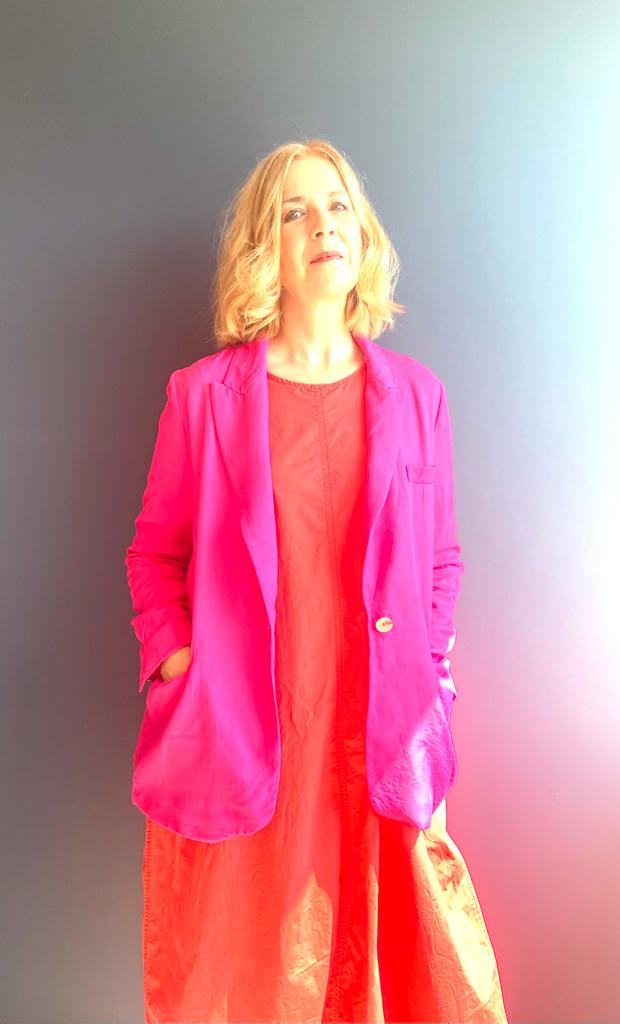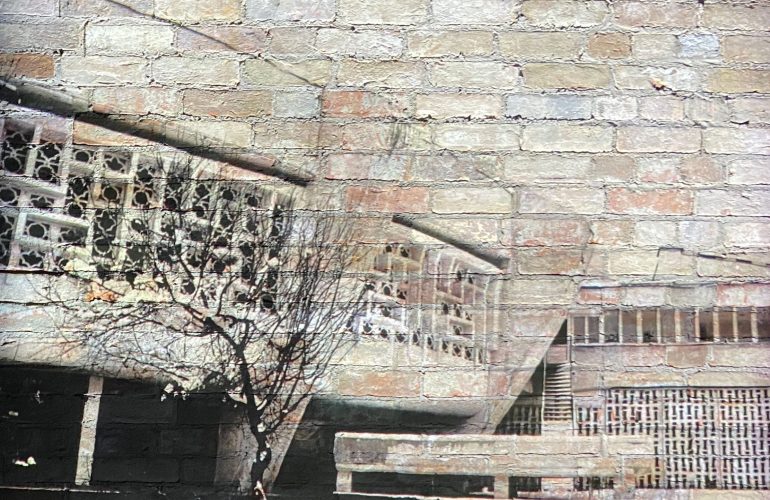“Artdecision” offers a review of Venice Biennale ( 05.-11. 2023), written by Anna Bronovitskaya, a Munich-based architecture critic.
“The 2023 edition of the Venice Architecture Biennale is unusual in many ways. The curator Lesley Lokko titled it “Laboratory of the Future”, and this is the second time when the concept of Future figures in the Biennale’s theme. The first was the 1996’s edition curated by Hans Hollein: “Sensing the Future — The Architect as Seismograph”, and now the impetus clearly shifted form the passive (sensing) to the proactive attitude.
For too long the realm of the Future was mostly restricted to technology, and it is about time that architects stopped for a moment to formulate a vision of the future relevant to the rapidly changing world.
Lesley Lokko tackles most of the urgent matters at once: gender balance, age balance, decolonization, decarbonization. She suggests that some solutions could be found in Africa, the continent that presently has the fastest urbanization rate and the youngest population.
In Lokko’s six-part curatorial project most of the 89 participants are from Africa or African diaspora, 50 percent of them women, their overage age is 43, many represent small practices and teaching the integral part of their professional activities.
” FORCE MAJEURE ”
Lokko called the 16 participants presented in the Central pavilion at the Giardini “the force majeure’, using the familiar law term in its literal meaning: a force that is ‘unforeseeable, external, and irresistible’.
The relevance and importance of African practices to the rest of the world is most clearly articulated by Francis Kéré, the 2022 Pritzker Prize laureate. He opens his installation with the statement that ‘the entire continent of Africa is responsible for less than 4% of the world’s greenhouse gas emissions’. This means, that when more and more African countries choose the Western model of consumerism, the human-led destruction of the planet will take truly galloping speed. Kéré, a native of Burkina Faso, proposes an ecological way to create comfortable homes to the growing West African middle class using traditional materials and building technologies, as well as aesthetics.
Olalekan Jeyifous, born in Nigeria and working in Brooklyn, USA, presents an imaginative piece of alternative history. In his vision, in decolonized Africa of 1972 the African Conservation Effort sets to repair the damage done to the continent’s ecosystem by former colonial powers. Applying indigenous knowledge, ACE develops advanced networks that synthesize renewable energy and green technologies.
Visitors to the biennale found themselves at the lounge of All-Africa Protoport, the can simultaneously accommodate rapid air, land, and sea travel within and between continents — obviously, with zero emission.
David Adjaye’s work dominates the Central pavilion with an impressive video installation and a large hall full of beautifully crafted models of his resent projects in the global South: Thabo Mbeki Presidential Library in Johannesburg, South Africa, Newton Enslaved Burial Ground Memorial in Barbados, National Cathedral of Ghana and others. And there is more of Adjaye in the Arsenal section of the show: his design for the Kiran Nadar Museum of Art in New Delhi was unveiled at the Biennale’s opening. Furthermore, there is a freestanding structure by Adjaye overlooking the shipyard of the Arsenale. This pointed shed built with blackened wood and pierced in a multitude of places to let the sunlight in, cultivates, as said the architect, ‘a forest of light and shadow’ and ‘aims to support conversation and reflection’.The desire to create a place of conversation informed many national participants at the Biennale, as discussion is one of the most important tools to form a vision of the future. The settings can be very different.
FRENCH PAVILION
The discussion stage inside the French pavilion is as lighthearted as possible. At the entrance to the Neoclassical structure the visitors are confronted with a giant silver disco-ball, and only after making their way around it they discover that it is actually an outer shell of a theater that will hold a variety of performances, concerts and talks in the coming months.

NORDIC PAVILION
The Nordic pavilion also centers around an amphitheater, but it is also packed with artifacts, images and books related to the most important and still underprivileged ethnic minority in Norway, Sweden and Finland, the Sámi people. The pavilion showcase Girjegumpi, an itinerant collective library project initiated by architect and artist Joar Nango, and celebrates the indigenous Sámi architecture and culture in a joyous way that is paradoxically harmonious with the architecture of Swerre Fenn’s masterpiece.
BRAZILIAN PAVILION
The Golden Lion of the Biennale for best national participation went to Brazil with the exhibition titled Terra. It shows how Brazil’s land has shaped understandings of heritage and identity.


PAVILION OF UZBEKISTAN
Focus on building materials is also one of the recurring themes at the biennale. For Uzbekistan, the brick is the means to connect the many centuries of the country’s rich and varied architectural heritage. The beautiful bricks, made with centuries-old techniques, form a labyrinth based on a shape of ancient fortresses and leading to a video installation showing juxtaposition of ancient ruins, modern and contemporary architecture.
PAVILION OF BELGIUM
Belgium presents a new, totally ecological material, building blocks made of fungi. Of course, today the method of growing fungi to make bricks or self-healing ‘leather’ is in the experimental stage, but its is fitting for the idea of Laboratory in the biennale’s title.
US PAVILION
The US pavilion presents ‘Everlasting Plastic’, stating that plastic materials, a staple for the economy in several of the United States of America, still have their value, and should not be eliminated, but instead used smartly.
PAVIL;ION OF GERMANY
The German pavilion looks on the materials from the point of reuse. Under the title ‘Open for maintenance’, the pavilion is transformed into the storage for the materials left over from the last year’s Art Biennale. Every detail is catalogued and put on an online-database to match it with a construction project in the vicinity of Venice that might require it.
PAVILION OF JAPAN
Some of national presentations took as a theme architecture of their pavilions. The exhibition ‘Architecture — a place to be loved’ shows a deep appreciation to the Japan pavilion, built in 1956 by a leading Japanese modernist Takamasa Yoshizaka. The side of the building is covered by a ‘blanket’ that creates additional outdoor space, and inside visitors can study a wealth of archive materials on every stage and detail of Yoshizaka’s design process and philosophy.
PAVILION OF SWITZERLAND
Speaking of women’s contributions to the biennale, surprisingly many of them use female media like embroidery or carpet-weaving. For example, Algerian-born Meriam Chabani, partner at the Paris-based office New South, created a Mediterranean Queendom carpet. She explains the meaning of that beautiful object: «The ‘Queendom’ to which I belong is a continuous interior space stretching across three cities and two continents and spanning the Mediterranean. This is my family’s territory: an intricate, intimate infrastructure of care that is reigned over by its women — my mother, my two grandmothers, and my seven aunts».
Lesley Lokko’s show gives a convincing overview of the present-day architecture as a much broader field than just design of beautiful buildings. Research, advocacy, and pedagogy are now the equally important parts of the architectural profession. Generally, this Venice Architecture Biennale is less spectacular than previous editions — partly because of the budgeting problems, and partly due to the requirement to leave as little ecological footprint as possible. In terms of ideas, however, it is very vibrant and important.


